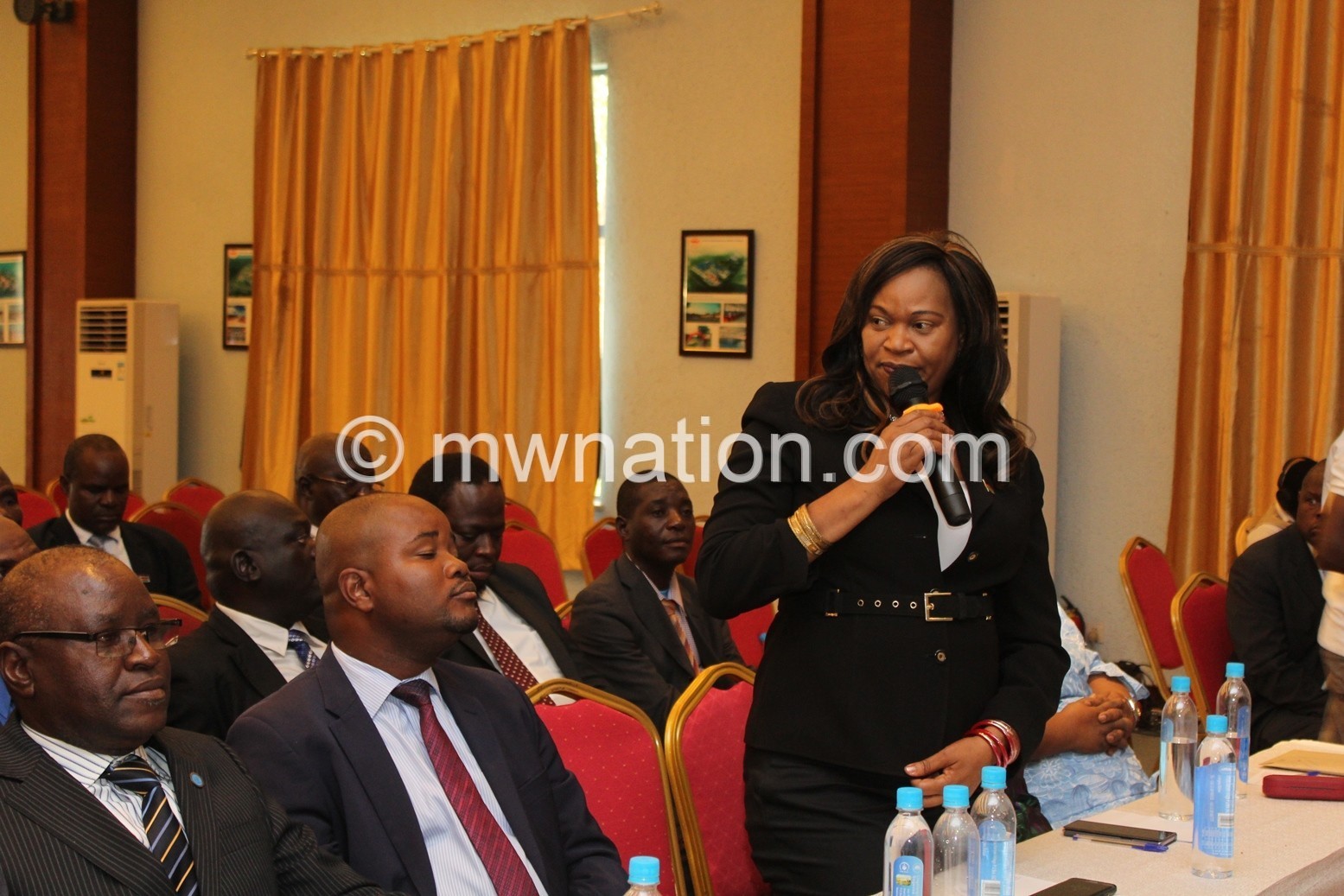Stop working in default mode
Always busy, but little to show for it? How about replacing automatic busyness with “organised value” that focuses on proper planning and execution. Here is a simple “what” framework to help you simplify your planning, rein in your busyness and get the right things done.
Define the ‘what’: There will always be a thousand things you can do on any given day. However, not everything must be done just because you have time or even because you are interested in it. Start by capturing all the things you could possibly do or are expected to do. That helps you to see the scope of your potential workload and to determine what deserves your attention. Get specific.
Determine the ‘So what’: Of the list above, decide what you are going to do; don’t just talk or think about it. Decide. Unless you decide, you won’t move ahead. Unless you decide, you might end up with loads of started but uncompleted tasks. Have criteria or a filter for what you decide to do and not do with clear reasons.
Define the ‘Now what’: When you’ve decided, start doing it, don’t go focusing on something else. Be sensibly flexible; that is if you have to do something else outside of your planned list, intentionally either add to your original plan or drop the priority status of something else. This is why the ‘so what’ above is so important because the reason for which you decided to do particular activities is meant to be the push to get things done.
Drive forward the ‘Then what’: This encourages a ‘building on’ mindset, a growth and cumulative approach. Don’t keep doing things always from scratch. If you are not on some level deliberately building on what you’ve done or what’s gone on before, you will be minimising the opportunity to accelerate impact and growth and probably reinventing or starting over too many times unnecessarily.
Now take action: Plan your next month with the above approach.





